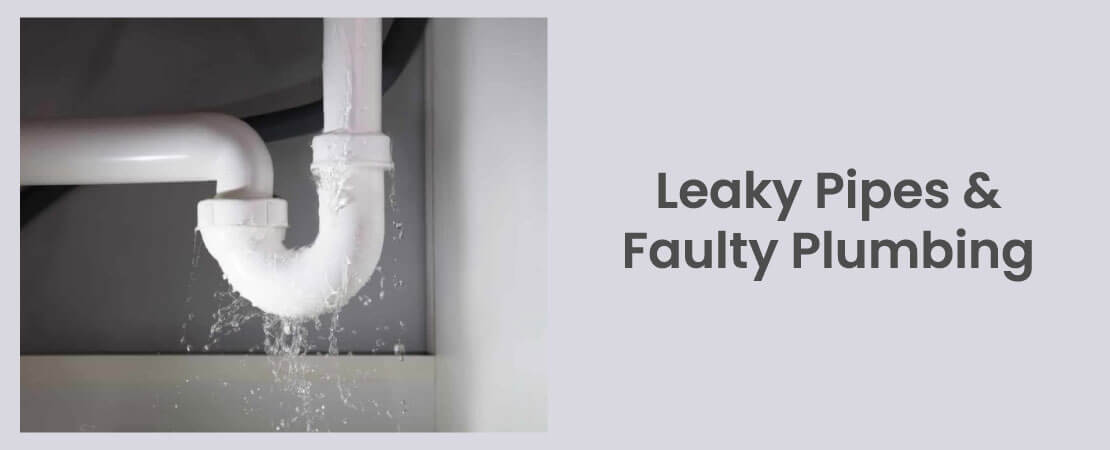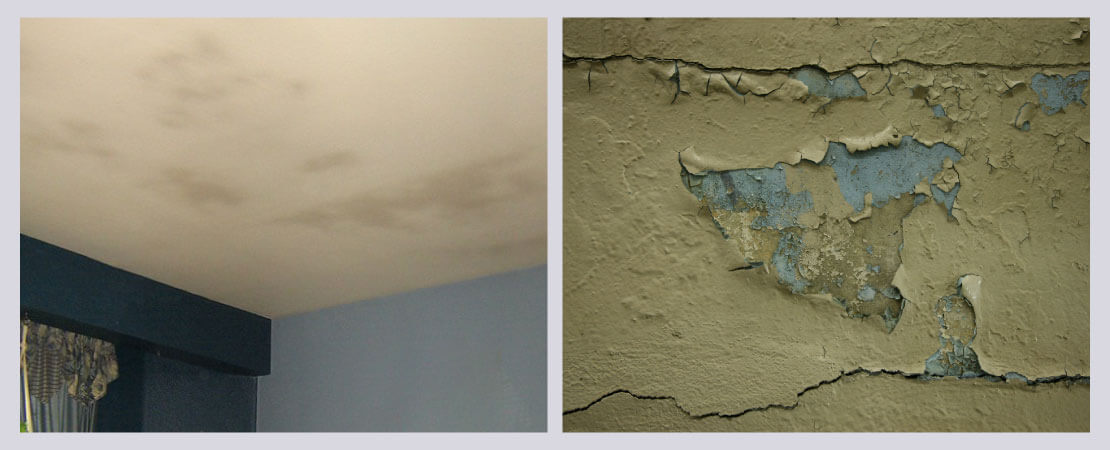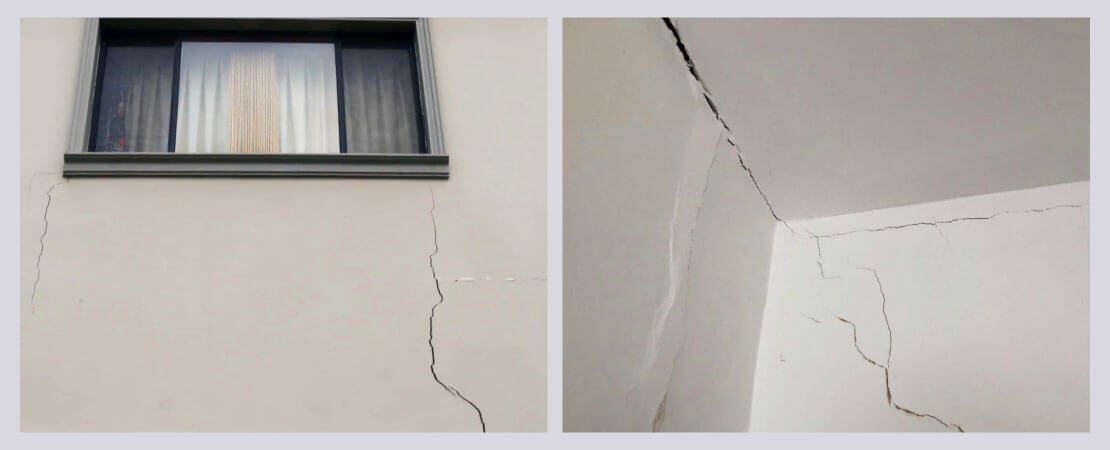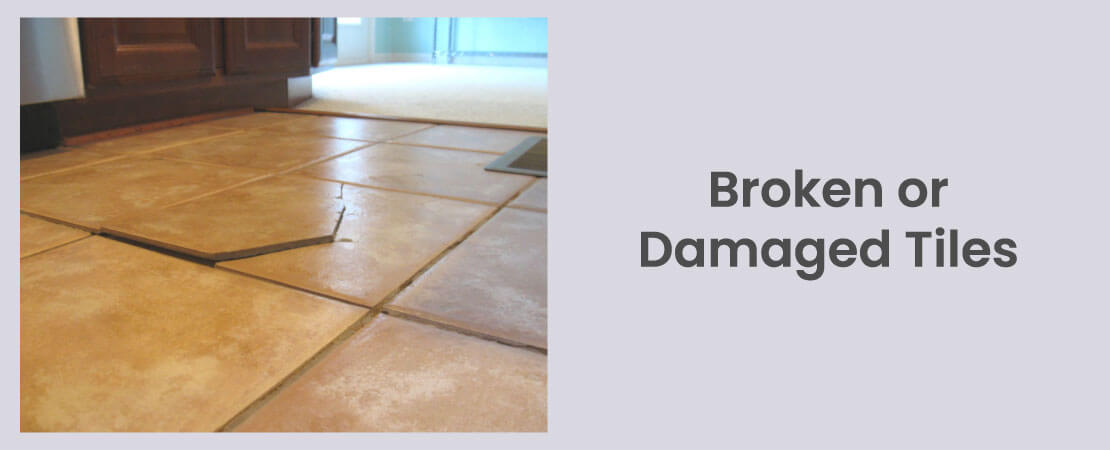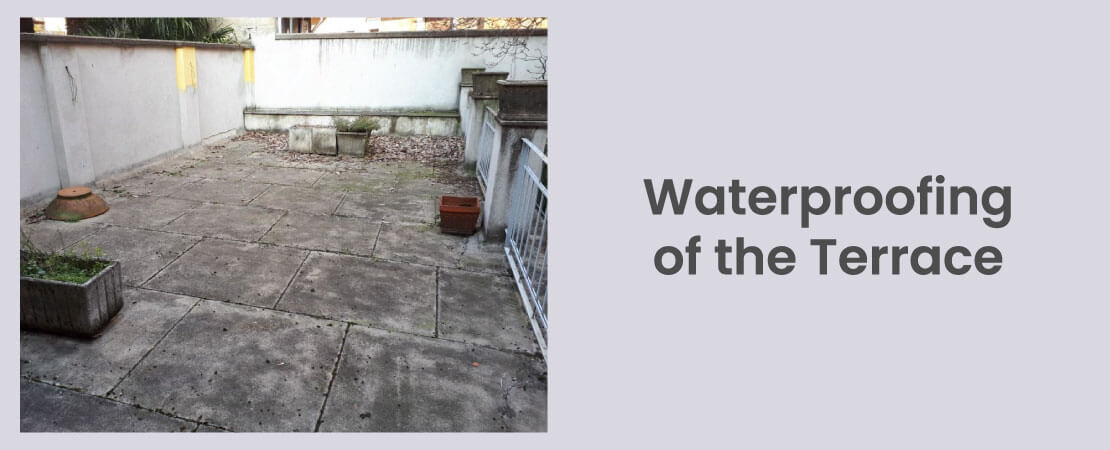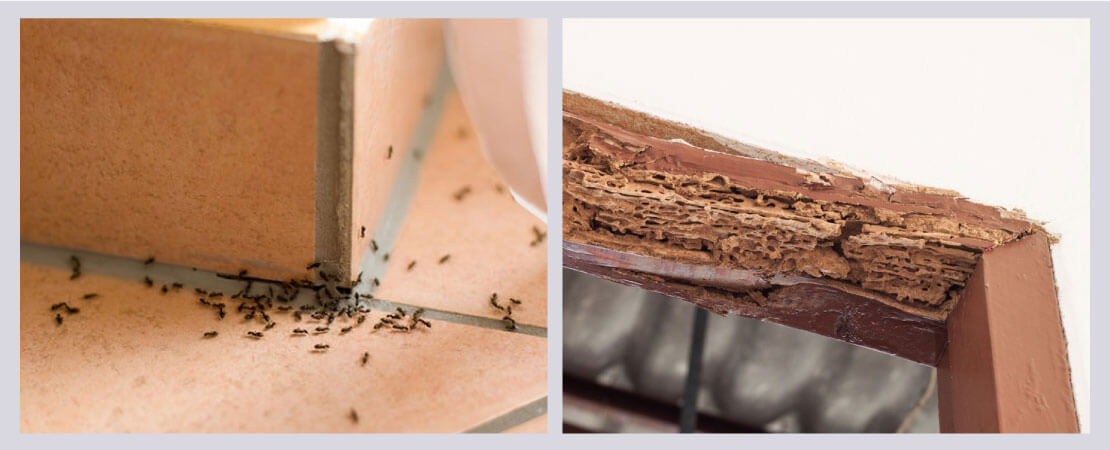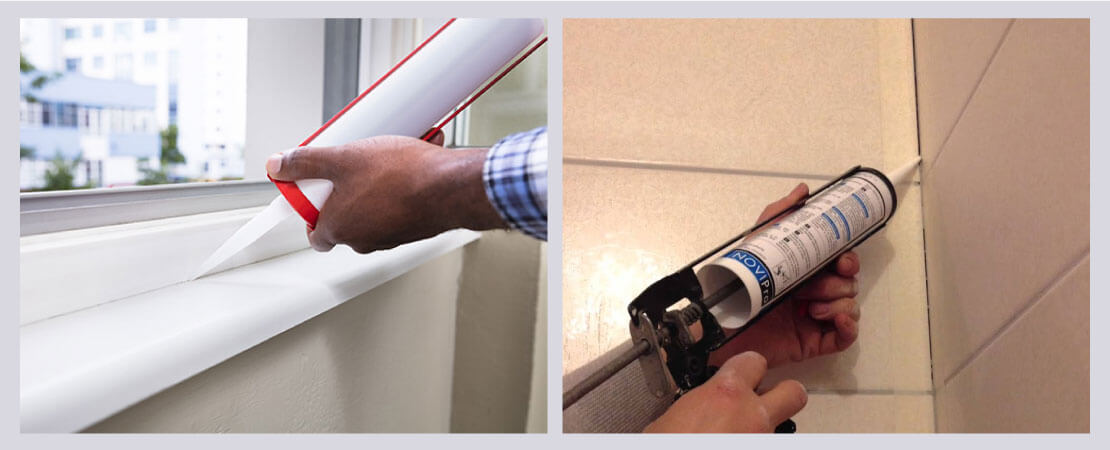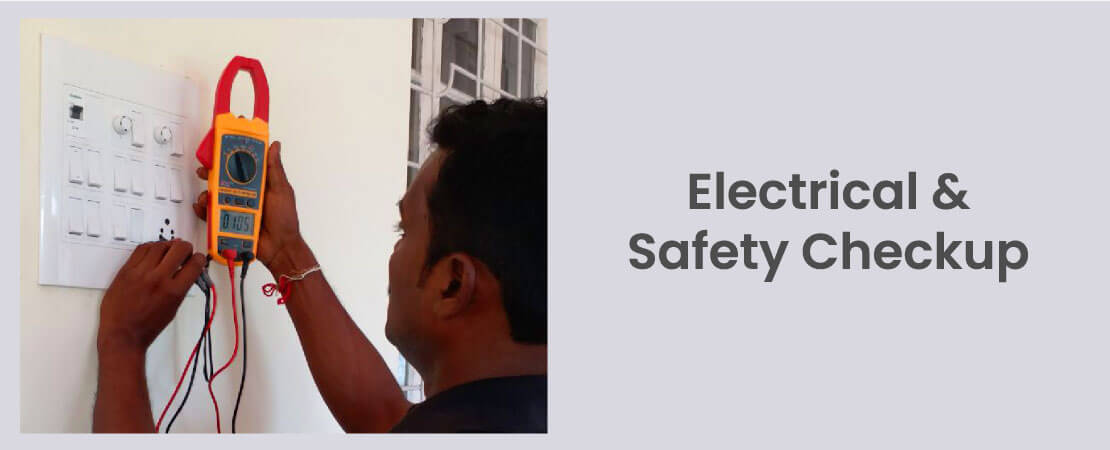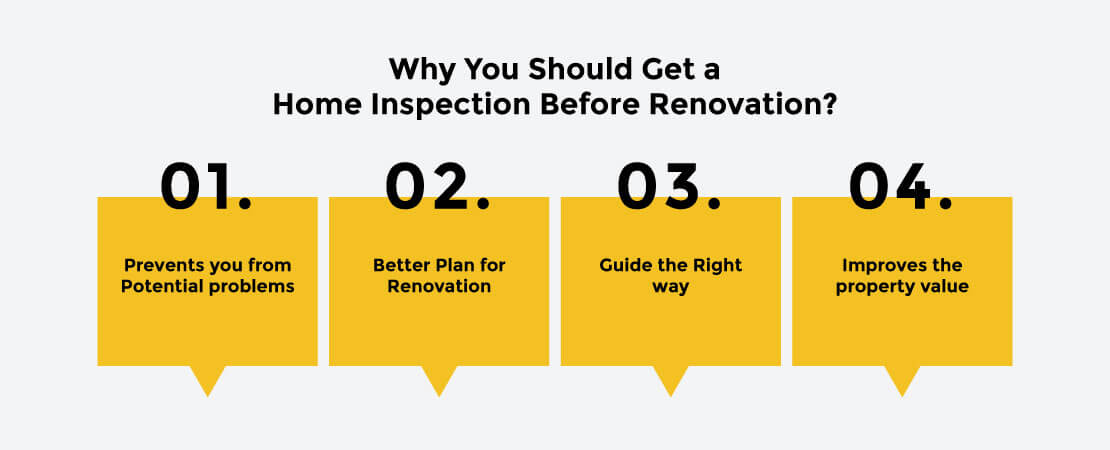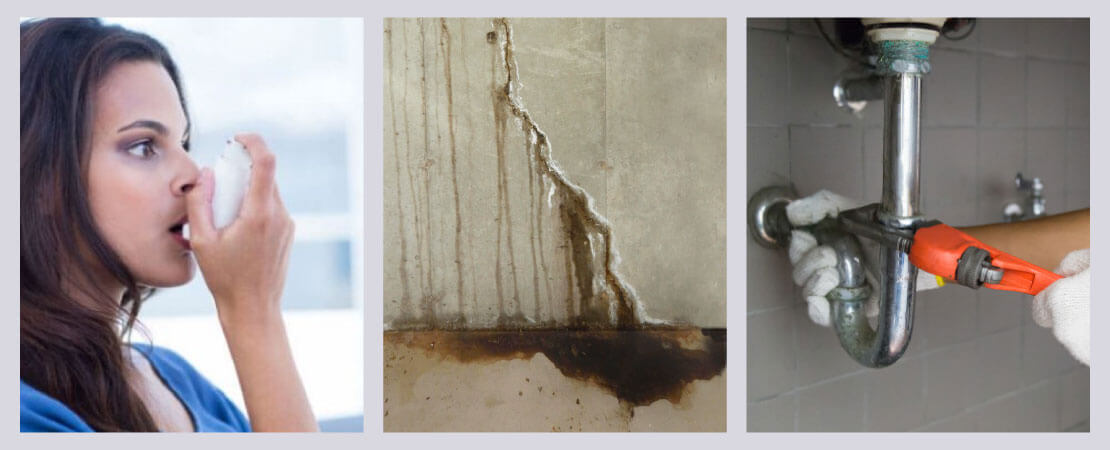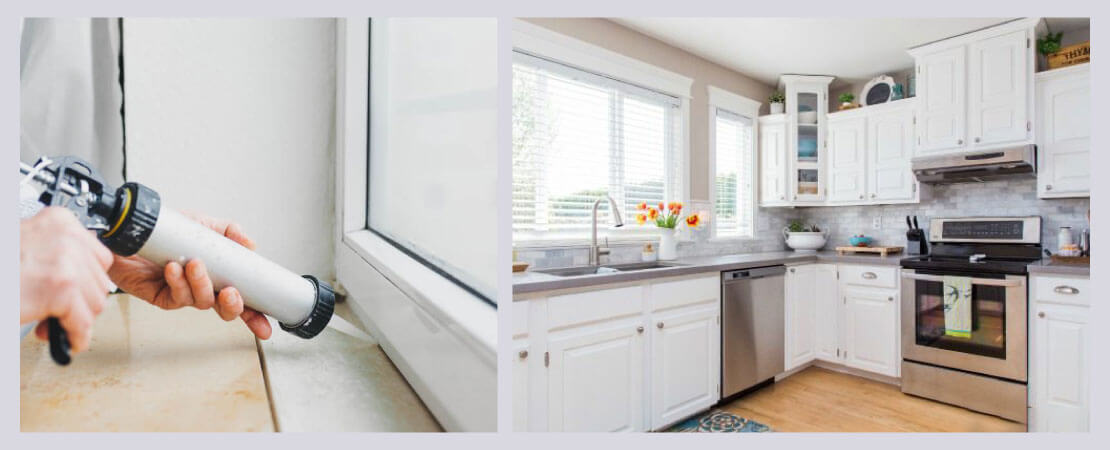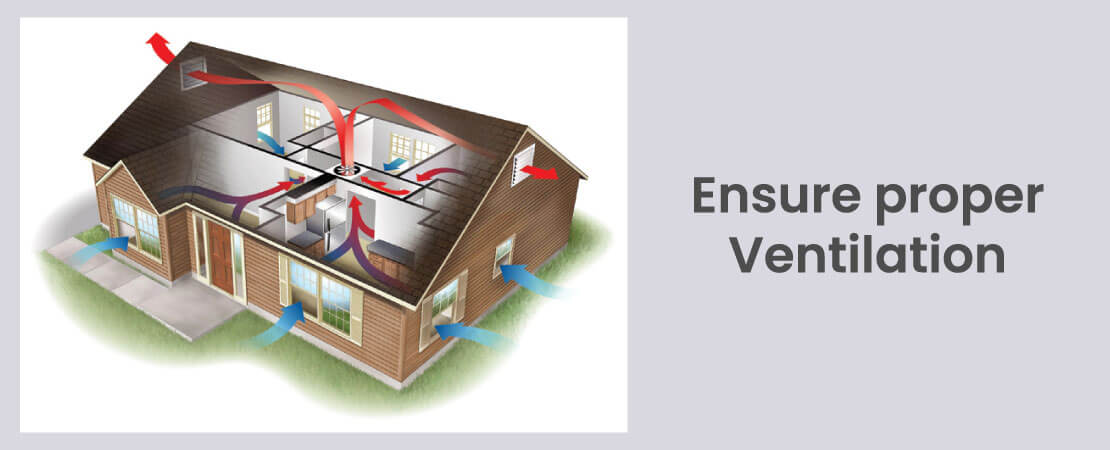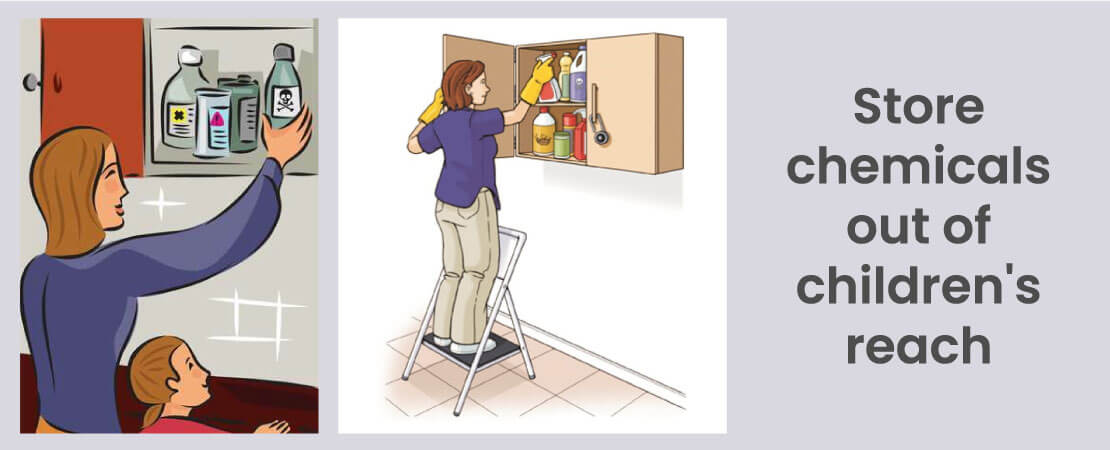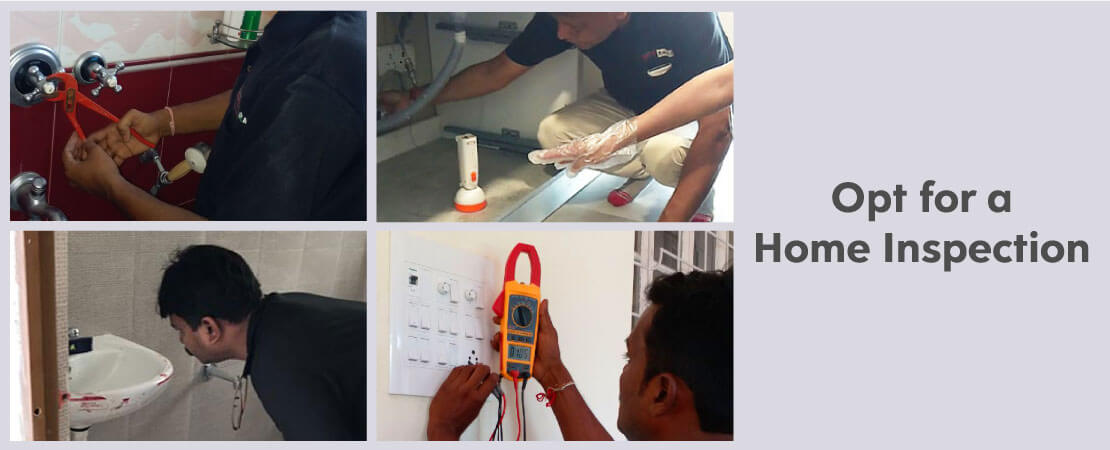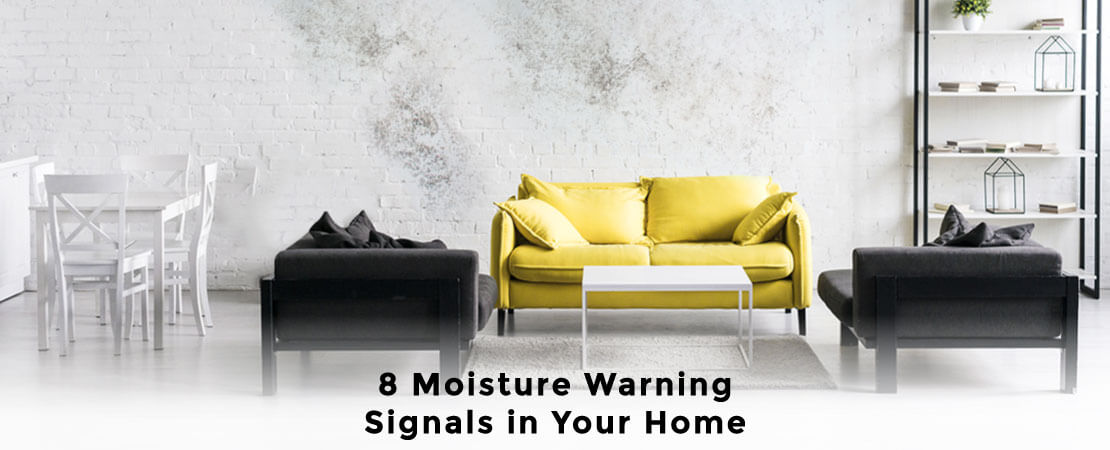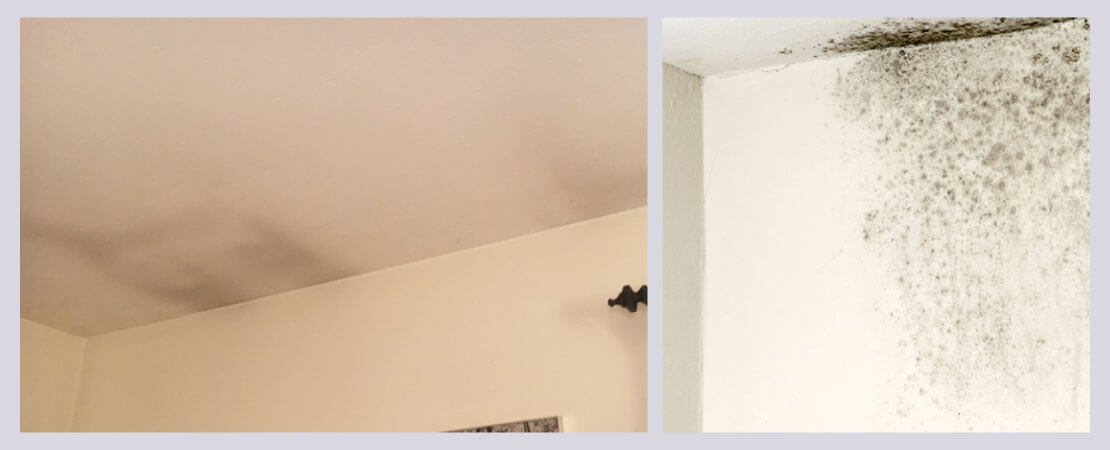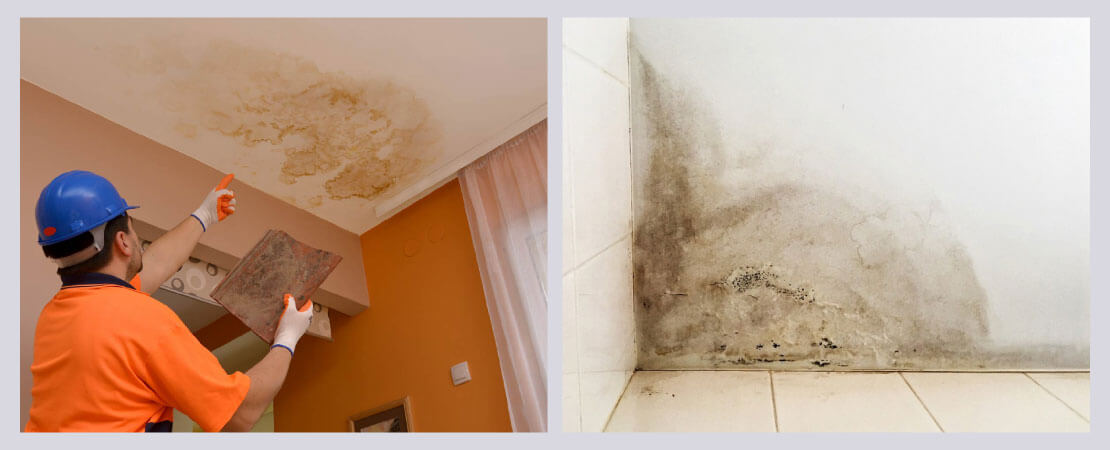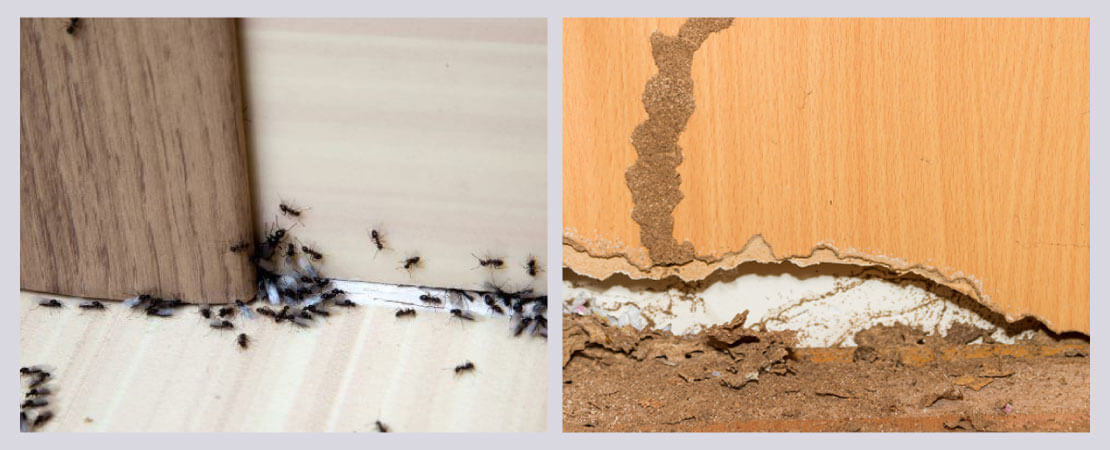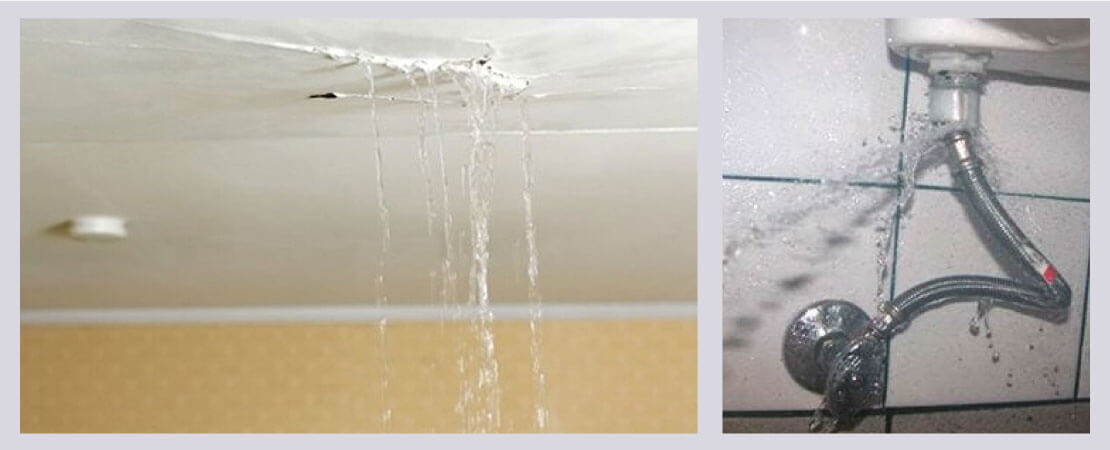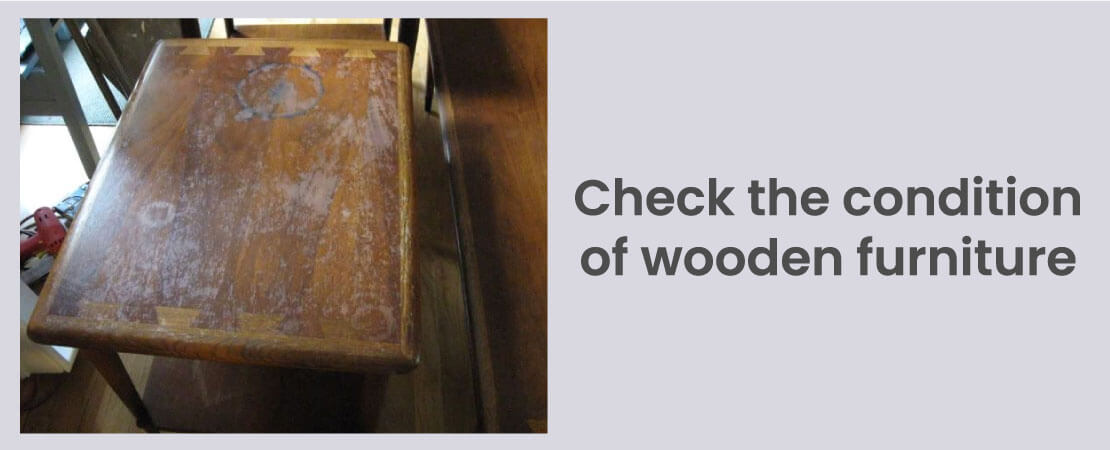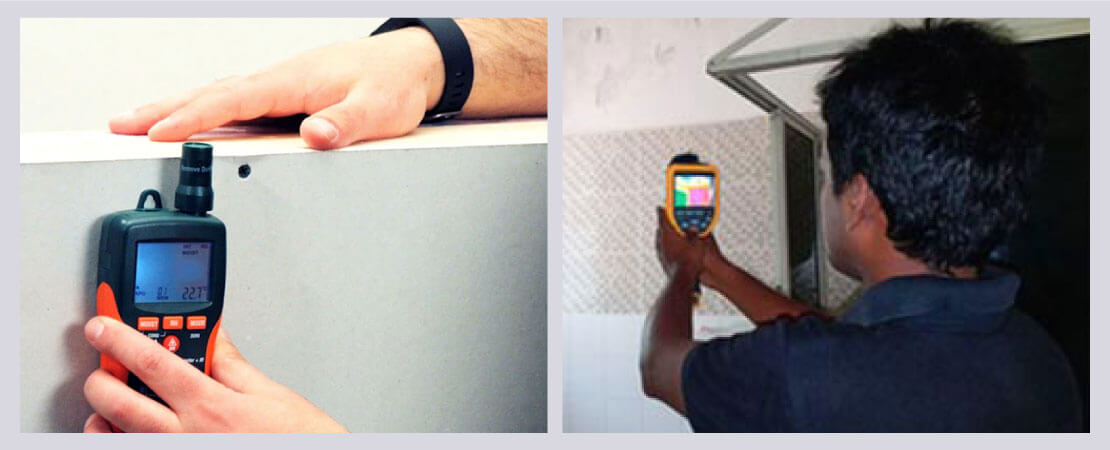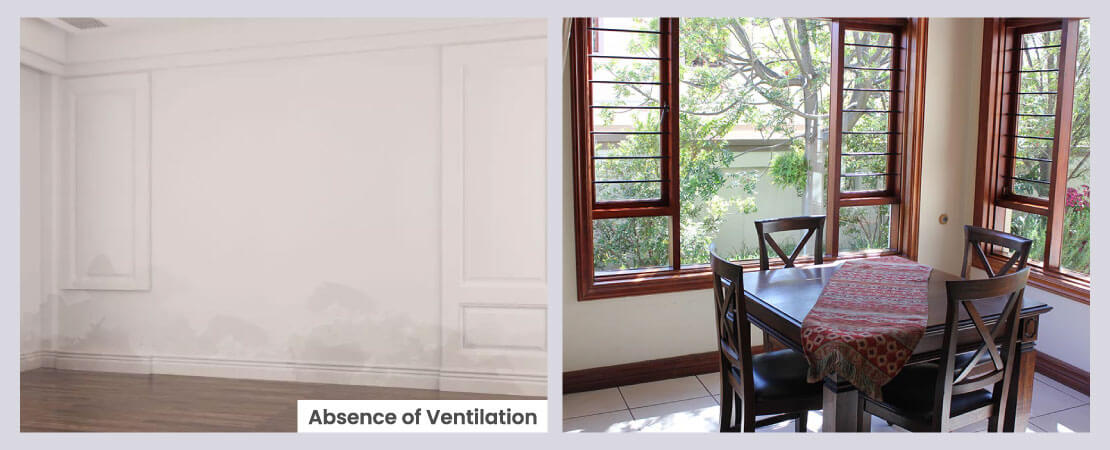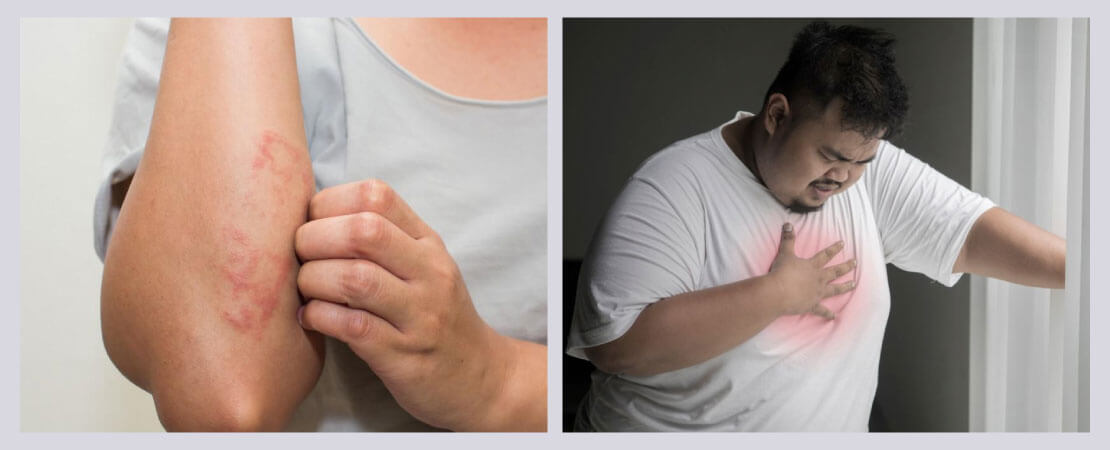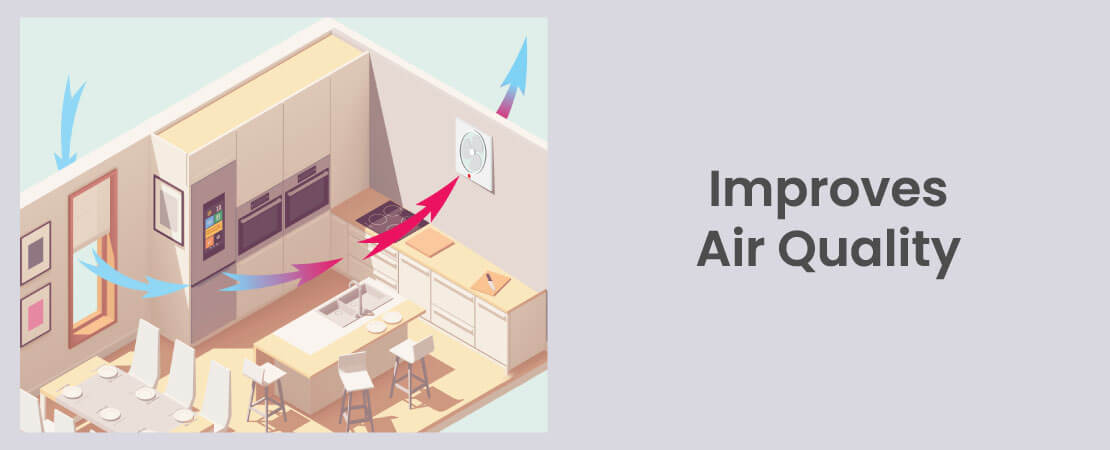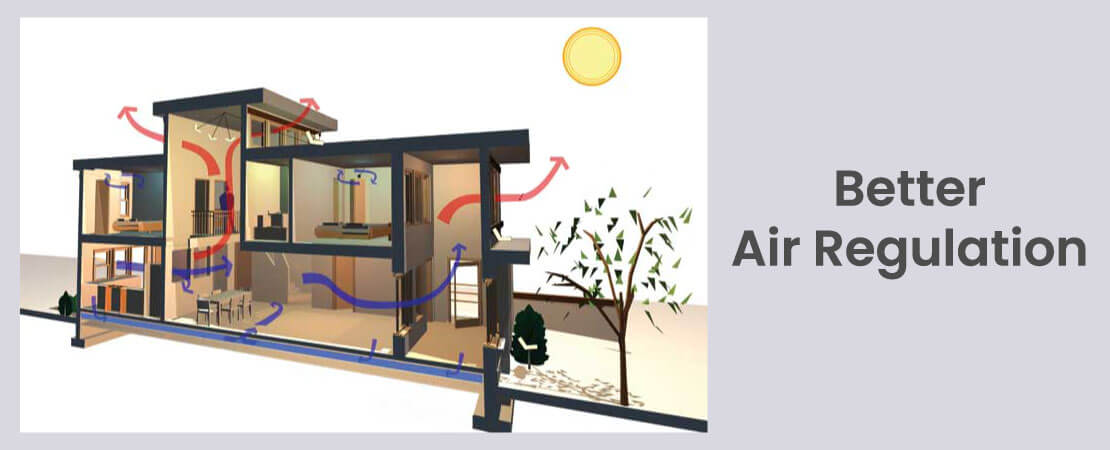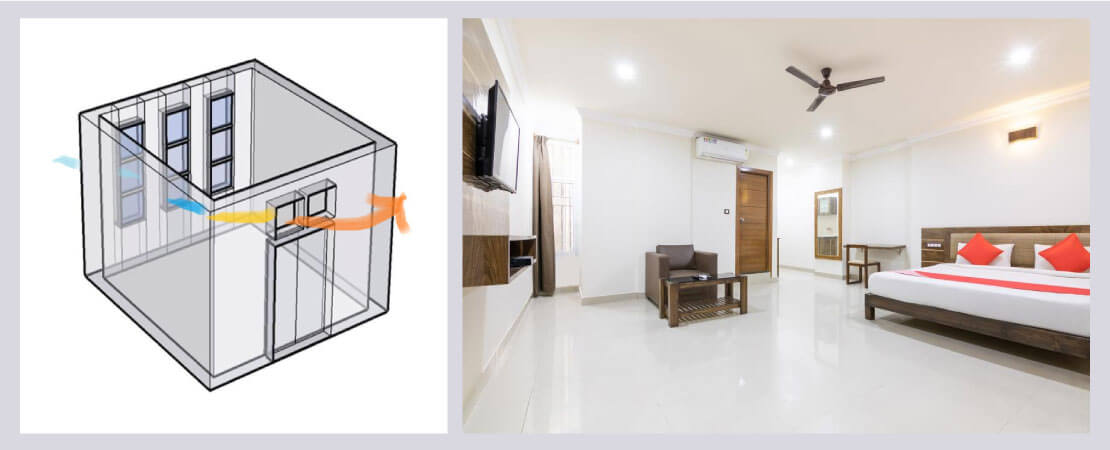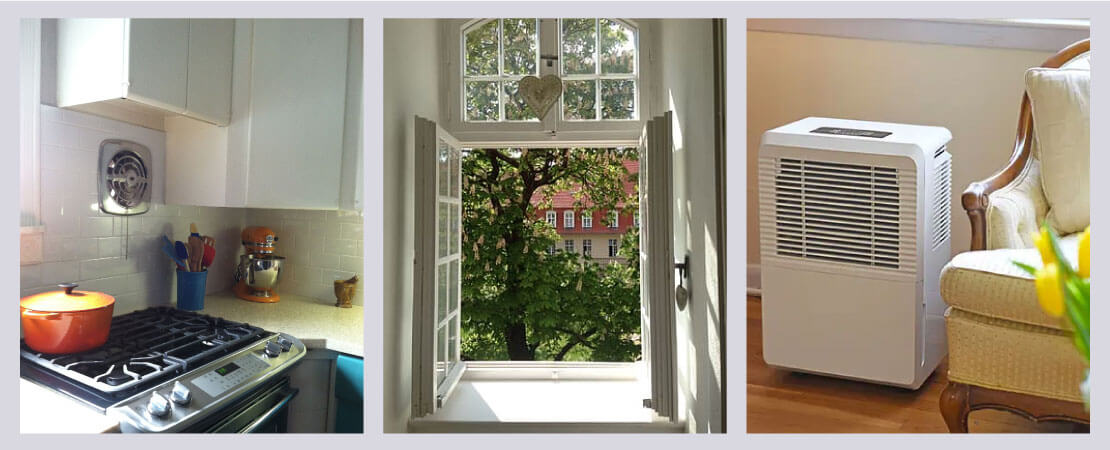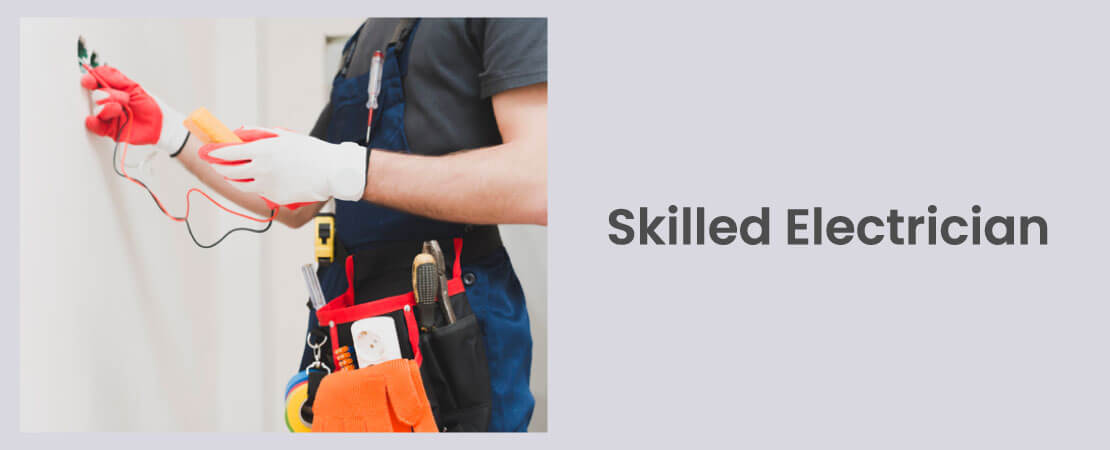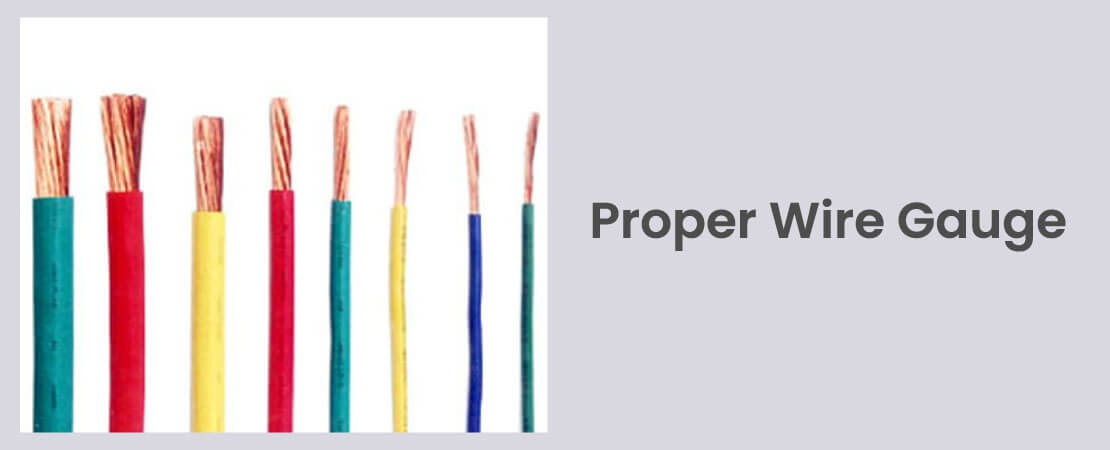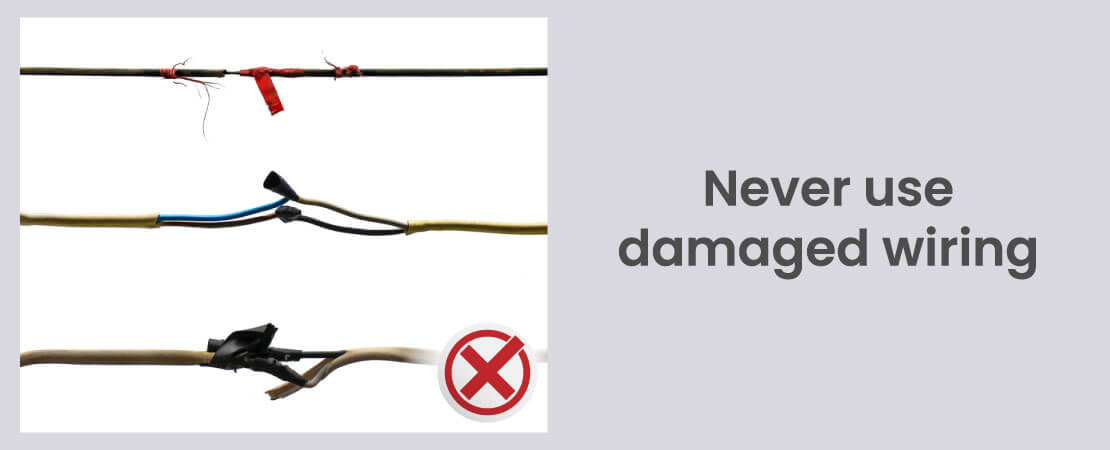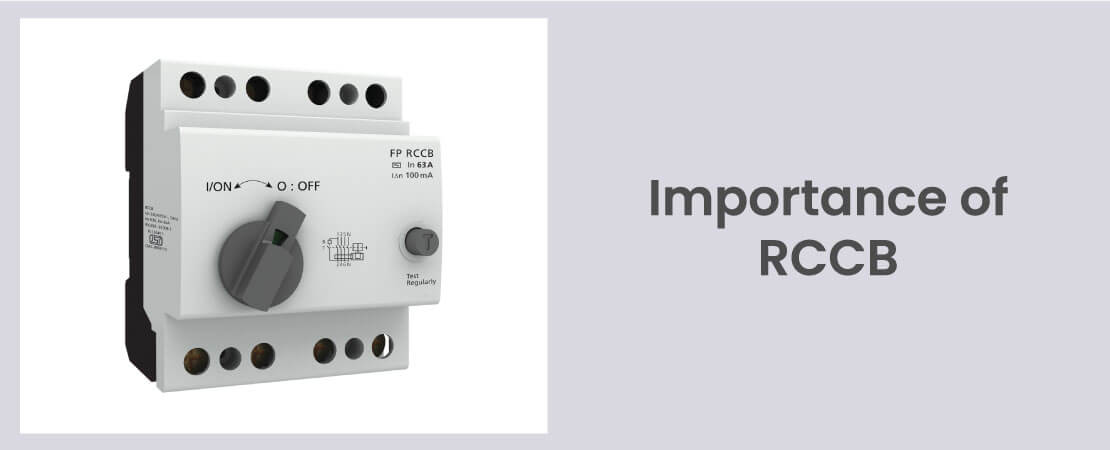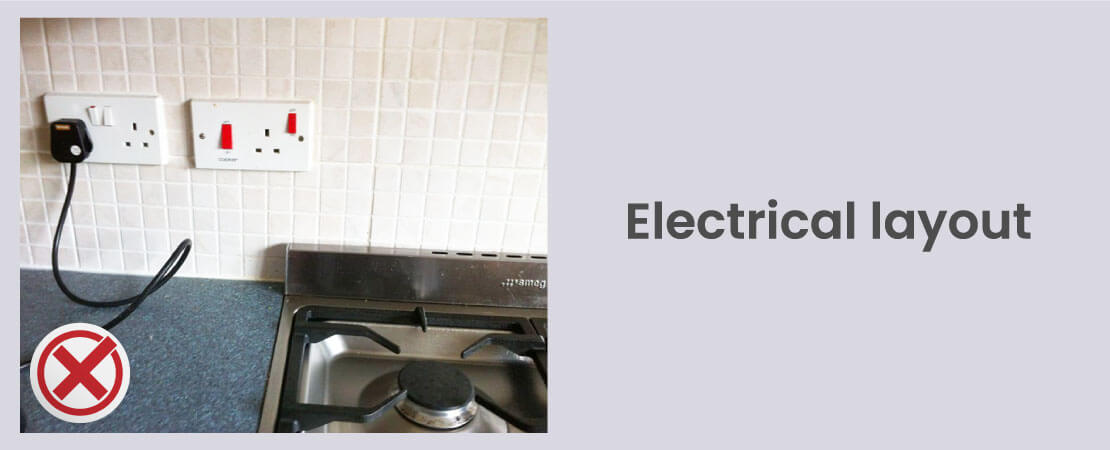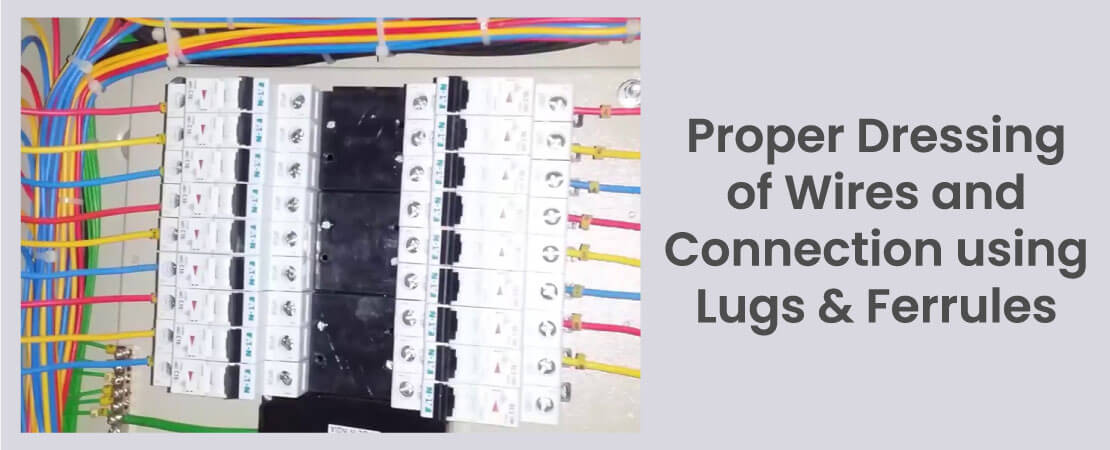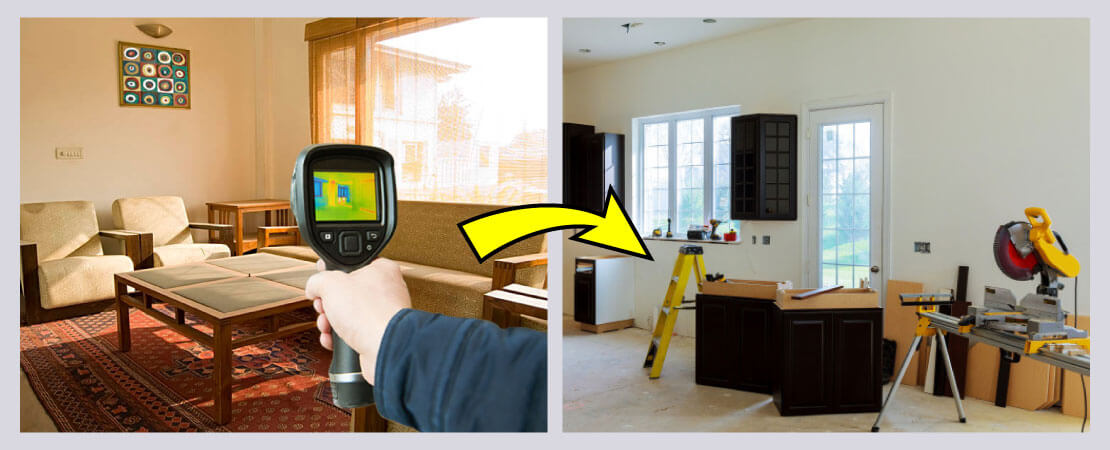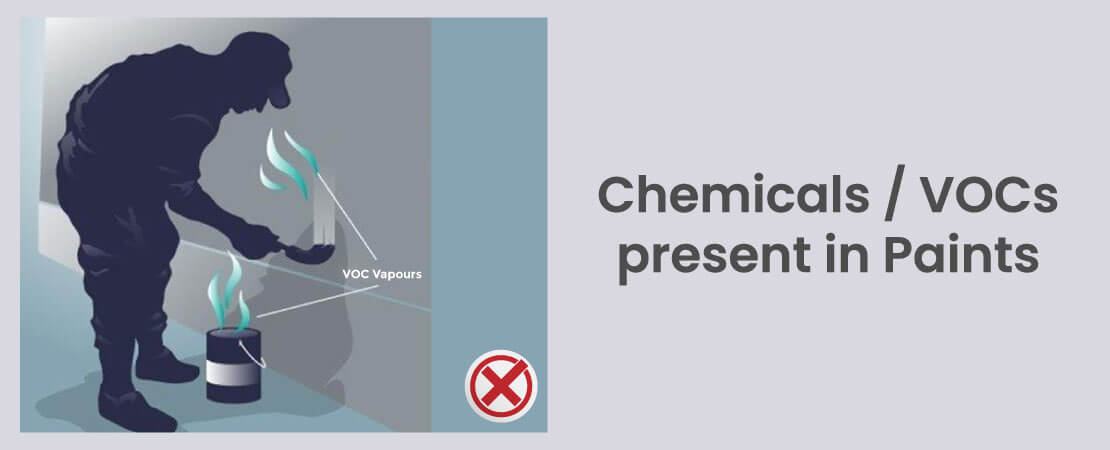1. Use the RO Waste Water for watering your plants
2. Use it for household chores
3. Toilet flushing and Cleaning
4. Sewage Pipe Cleaning
5. Utilize it for Car wash
6. Bathing Pets
For every Litre of potable water produced, the RO purifier generates ~ 3 litres of waste water.
Most Indians are concerned about the quality of water supplied through municipal and borewell water systems. These concerns are related to the increasing levels of pollutants and microorganisms in borewell systems and the diseases that they cause.
Most of us are switching to water purifiers for a clean & purified supply. One of the most commonly used methods, for this reason, is Reverse Osmosis (RO)1.
Every invention has its own advantages and drawbacks. RO water purifiers are one of the best examples as these machines give you pure and clean water, but also generate a substantial amount of waste water. For every litre of potable water produced, the RO purifier will generate around 3 litres of waste water. If you pass 4 litres of water through an RO purifier2, it would produce only 1 litre of drinking water. Since the purification process is gradual, we don’t even realize that a good amount of rejected water is seeping out from the waste pipe.
We all know, water is the most important & precious resource you have on this earth without which you cannot expect your life running smoothly. It is the basic necessity required in almost all daily routine which you follow and so it is your sole responsibility that you must not waste this useful resource. You cannot avoid using water purifiers considering the quality of tap water. The installation personnel generally suggests installing RO units over sinks so that the rejected water gets drained out. But you can re-use this rejected water, which is high in TDS (totally dissolved solids) and inorganic salts, for different household purposes (other than drinking and cooking purposes3) to make it useful.

How to Save RO Waste Water and Store it
The simplest way of saving this waste water would be to drop the reject water pipe in a storage object. Suppose your daily requirement of drinking water is 20 litres, then on average your purifier would generate around 60 litres of waste water. You can use a 20 litre water can with tape and close lid option. Make a hole in the lid and connect the RO waste water pipe to lid. It is better to connect a pipe in tape towards down to prevent spilling of water from height.
Easy Ways to Re-use RO Waste Water
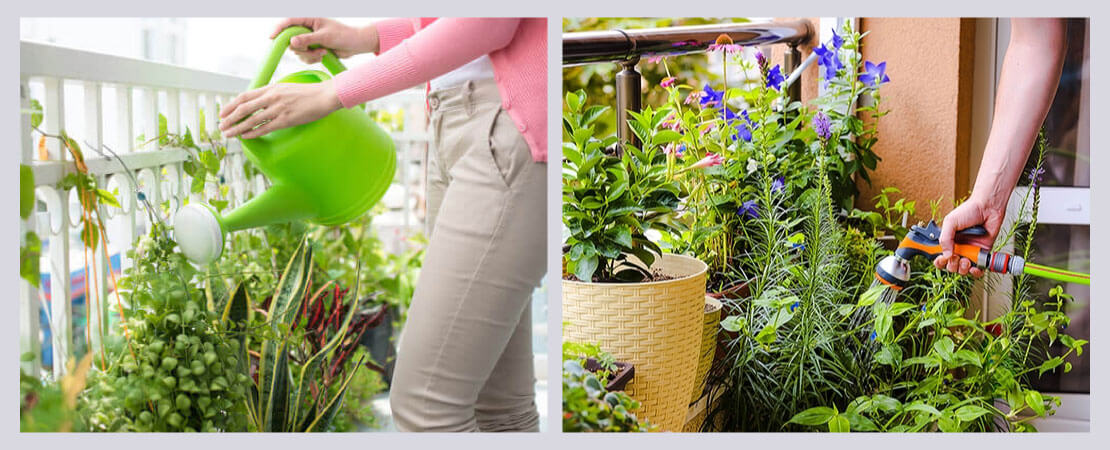
1. Use the RO Waste Water for watering your plants
Waste RO water can be used for watering plants. But as this is usually high in TDS, it is better to dilute it with normal tap water and then use it. Because high TDS water can reduce the fertility of soil in the long term. To be on the safer side, you can start with a few plants. Use the RO waste water for 15-20 days and check its effect on the plant’s growth. Each plant will respond to this change in a different way, which will give you an understanding of which plants are responding better to RO waste water.
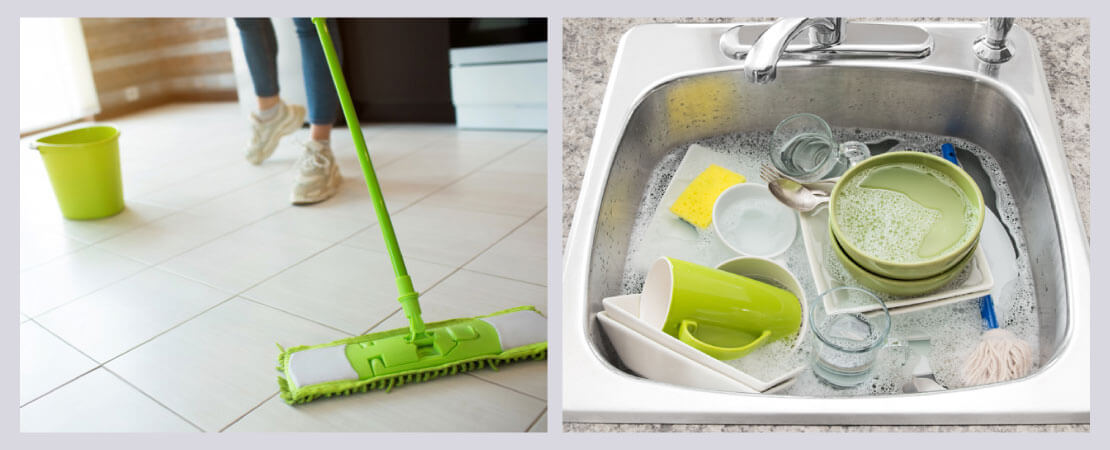
2. Use it for Household Chores
Using the RO waste water for mopping the floor is easy and will save litres of clean water every day. Mix the RO waste water with fresh water, and use it for mopping floors. Make sure to dilute it properly because TDS content may lead to some salt deposition on the floor. You can also reuse the RO waste water for your used utensils after every meal. You can certainly use the water to soak the used utensils so that the food stuck on the surface won’t dry up and can easily be removed during washing. But, washing of utensils should only be done with fresh water.
You can also use it for daily use clothes, but do keep in mind that delicate fabrics may not react well to the TDS content and other materials in the water.
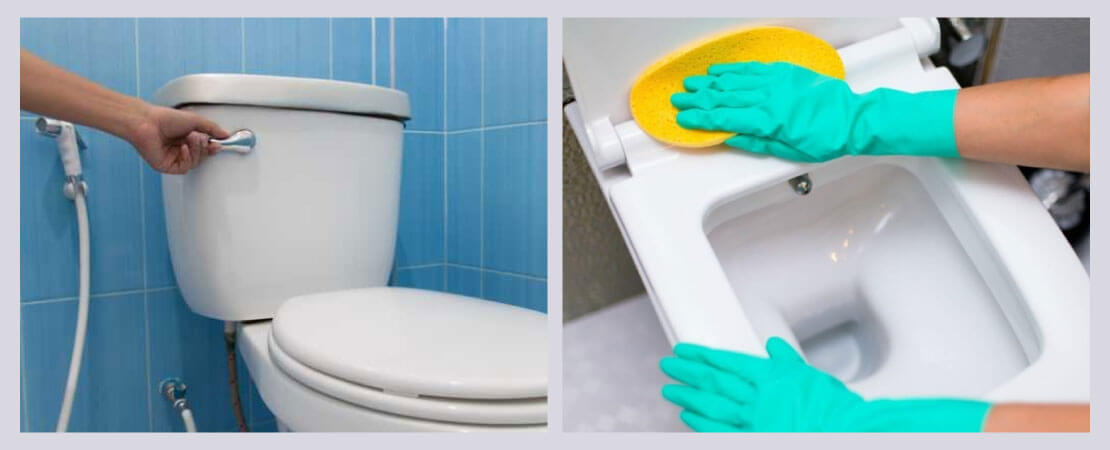
3. Toilet flushing and cleaning
While it cannot be used for bathing, you can use the filter waste for toilet flushing and cleaning. Flushing takes up nearly 6 to 7 liters of water which directly goes down the drain. It is a massive amount considering the number of times we flush daily. You can limit this normal tap water wastage by using the waste water for flushing. Pour it down the cistern of the toilet to utilize it efficiently.
Additionally, It can be diluted with regular freshwater to clean porcelain tiles, bathroom fixtures, faucets and the toilet seat. This is done to avoid discoloration, or deposition of salt on the fixtures or others. You must though, always monitor for any signs. To avoid damage, we suggest using this method for periodical clean-ups only.
4. Sewage pipe cleaning
The waste RO water can be used to clean sewage pipes at home or in the kitchen, as it has a high saline content.

5. Utilize it for Car wash
This is probably the best use of the reject water from the RO machine. Washing up a car requires a substantial amount of water. And using your RO waste water for this purpose makes sense. You can mix the waste water with fresh water to give your car a good wash. Hence, you can not only clean your car but also end up saving a lot of water.

6. Bathing pets
Rejected RO water can also be used to bath your pet. But always dilute it with the same amount of normal tap water before doing this. You should also dry your pet after bathing.
Apart from above-mentioned points, you can use the waste water to refill your room cooler as well during the summer.
Conclusion
Using these simple tips, we can end up saving a lot of water. These little ideas will conserve water that can make a world of difference if everyone adopts them. Since we all know that there is a severe shortage of water throughout the world, we all must develop these practices in our routine to conserve water. Remember that every drop counts and is precious!



